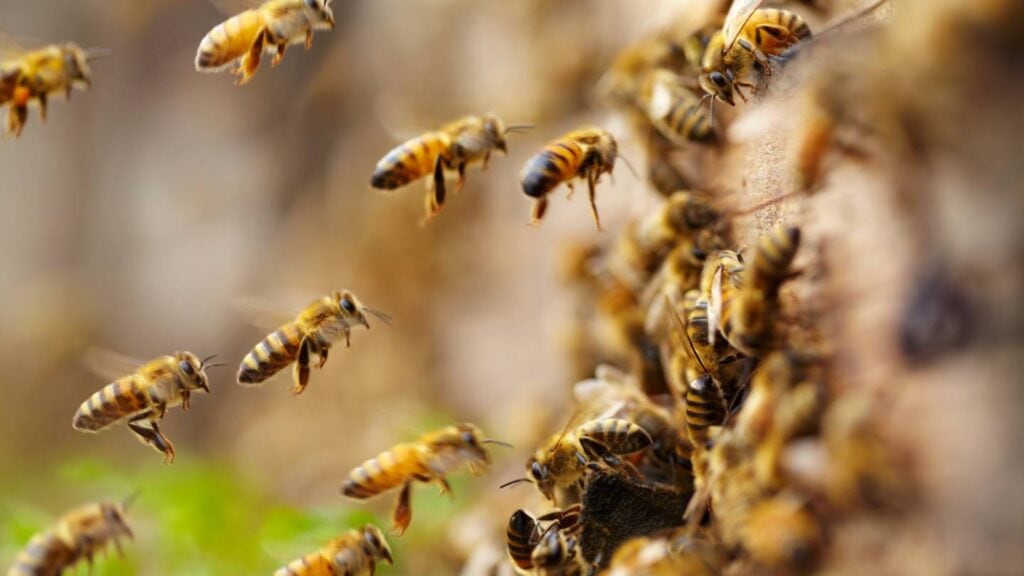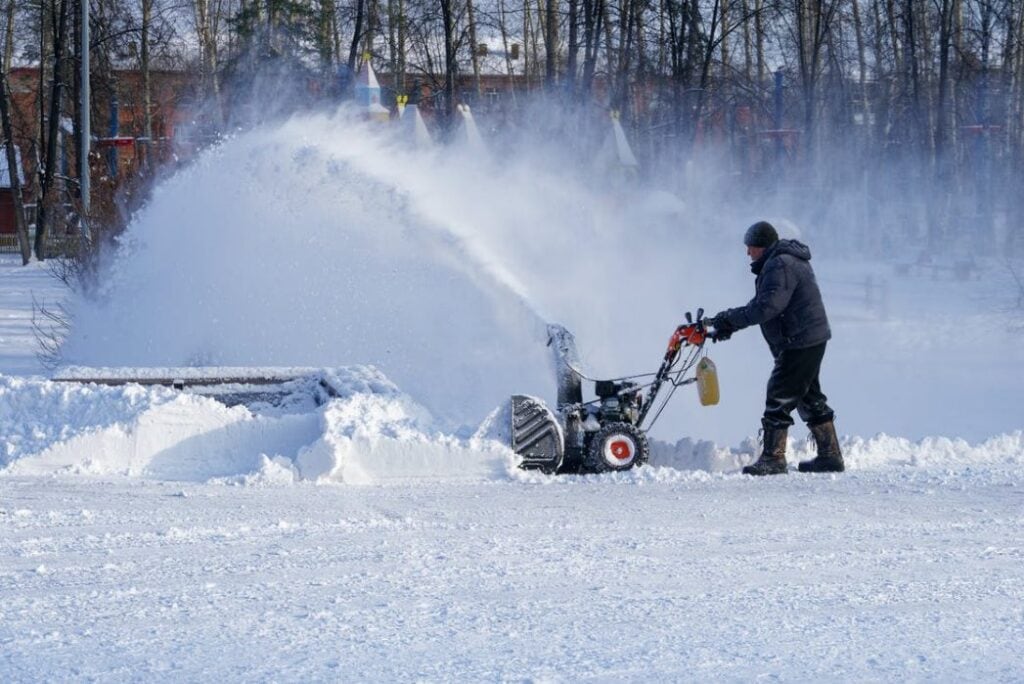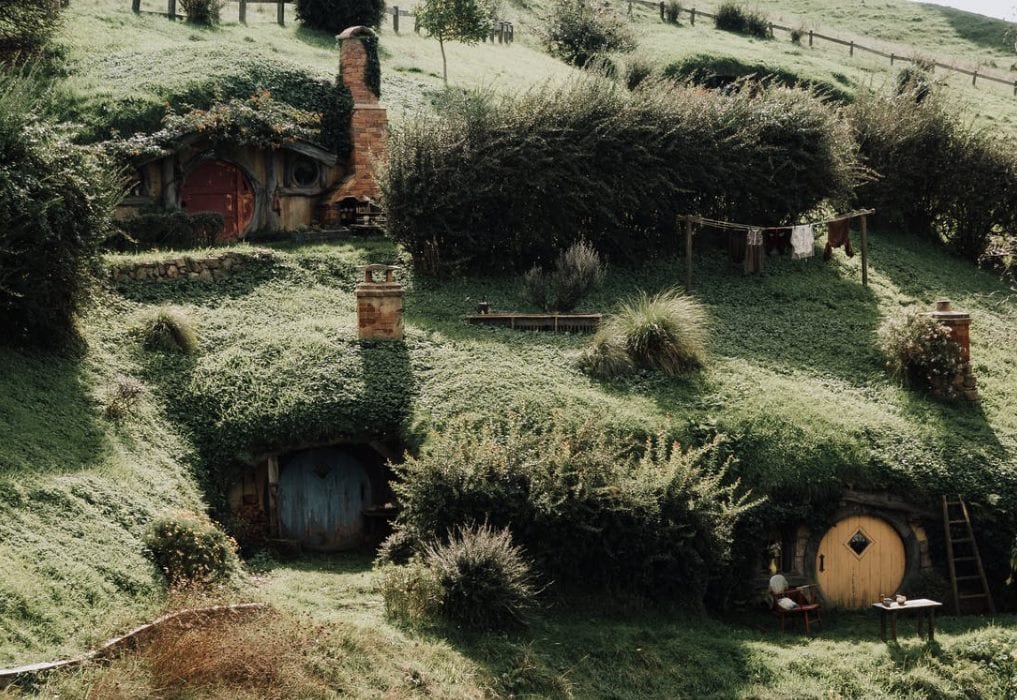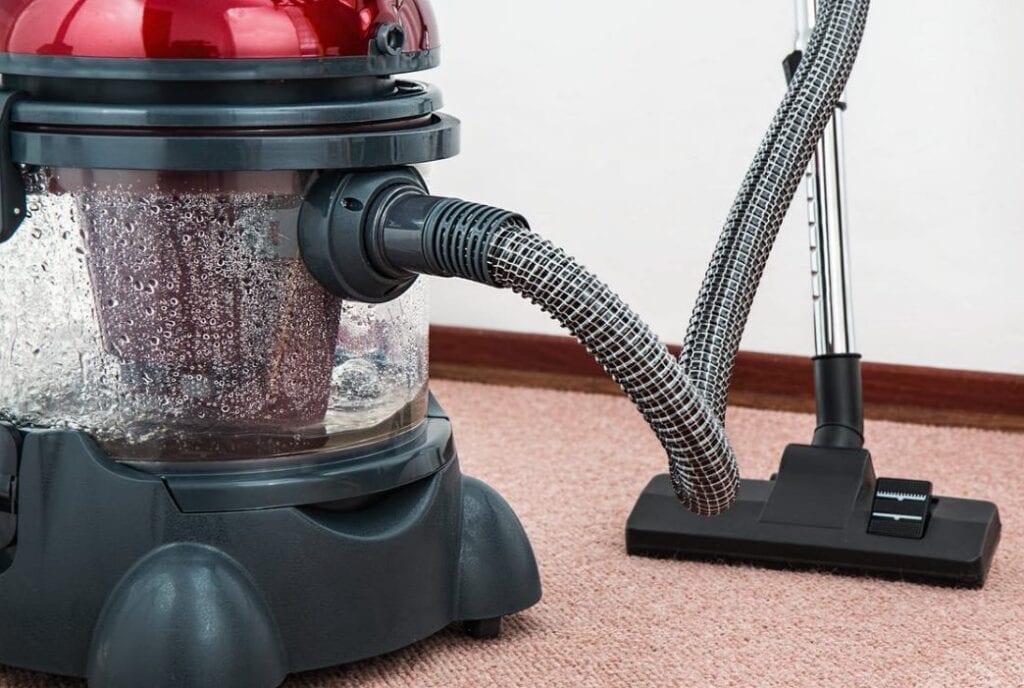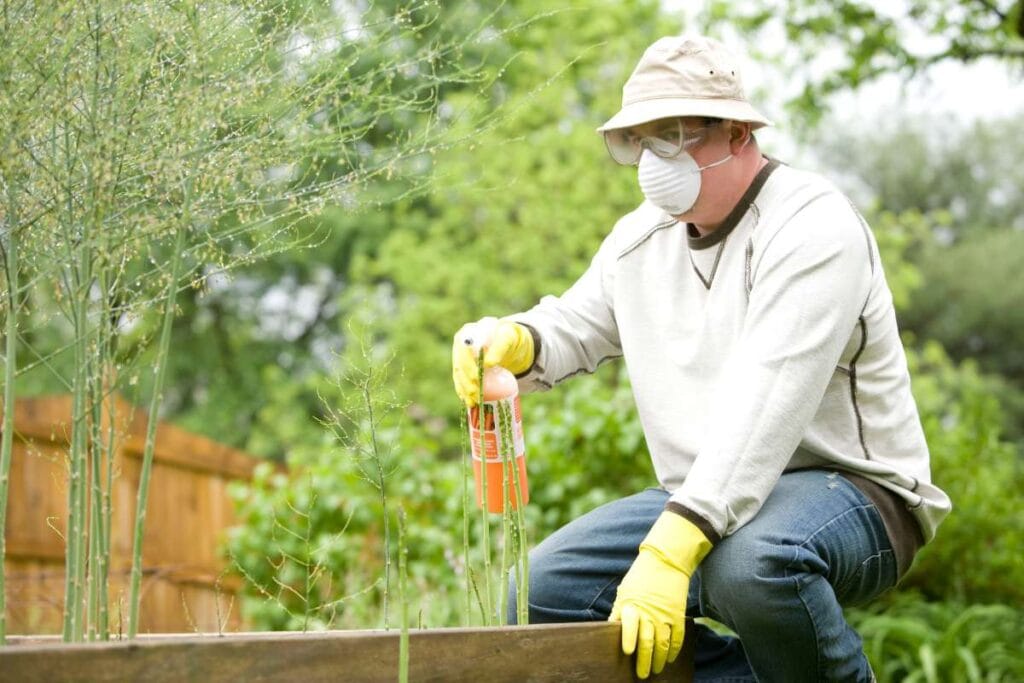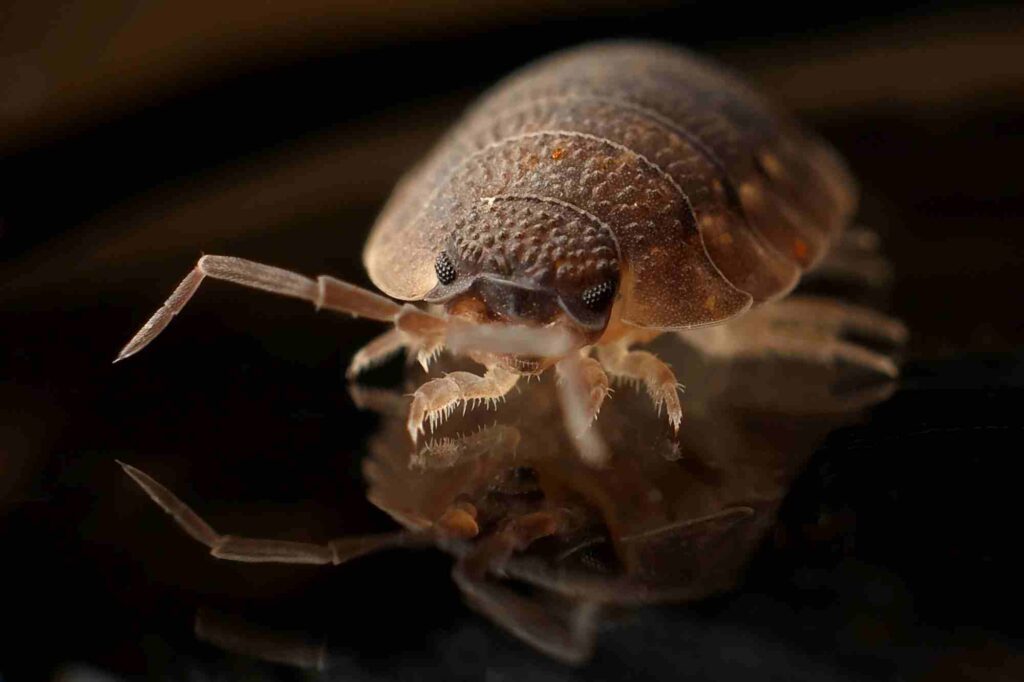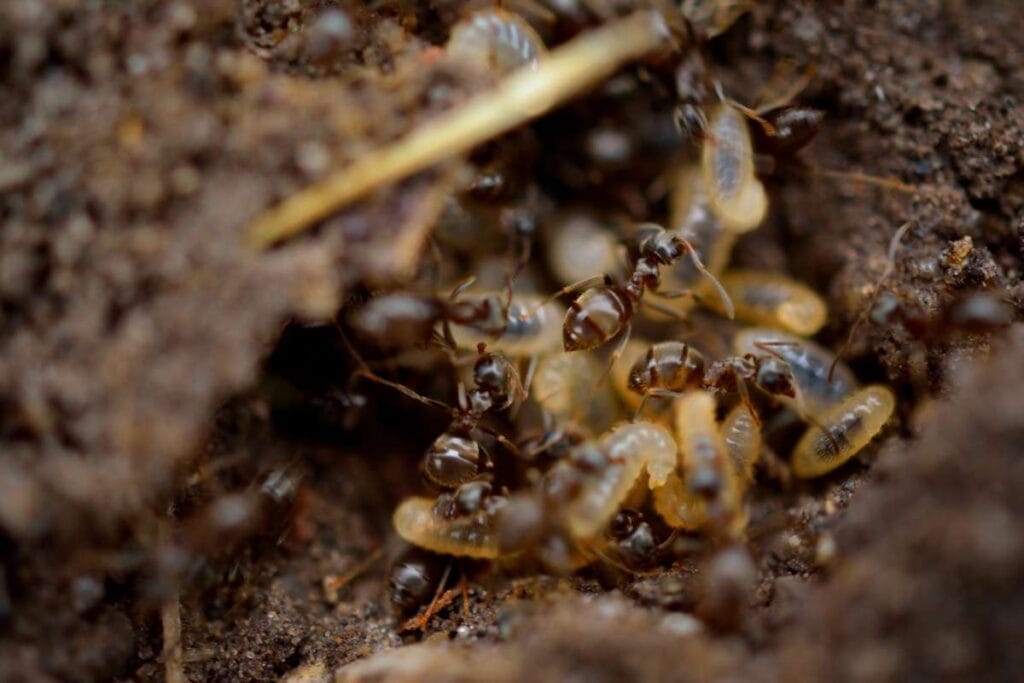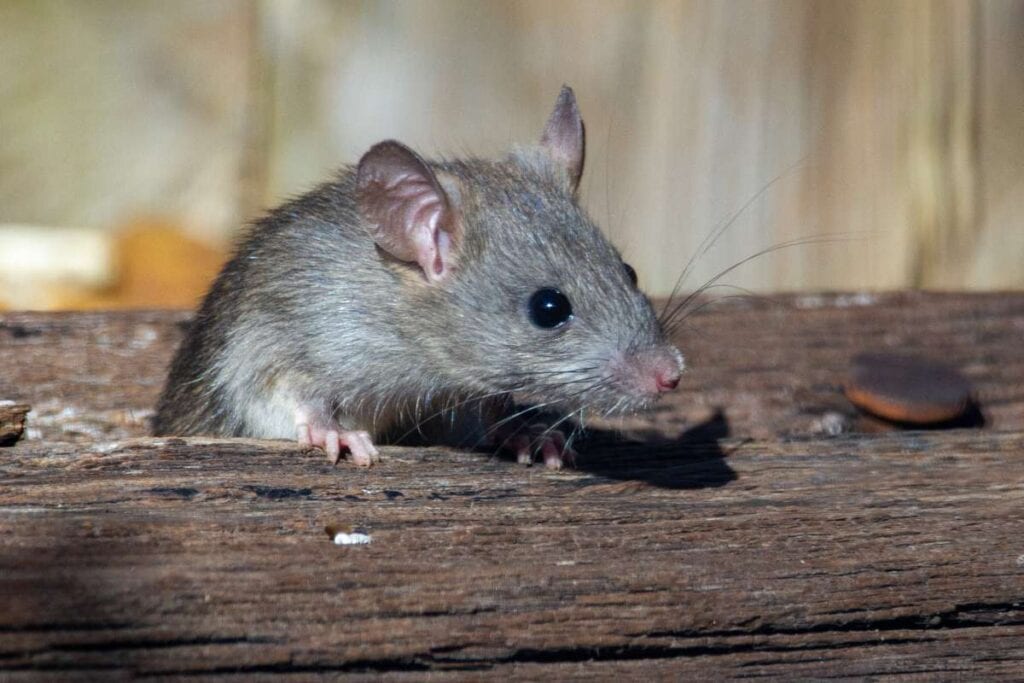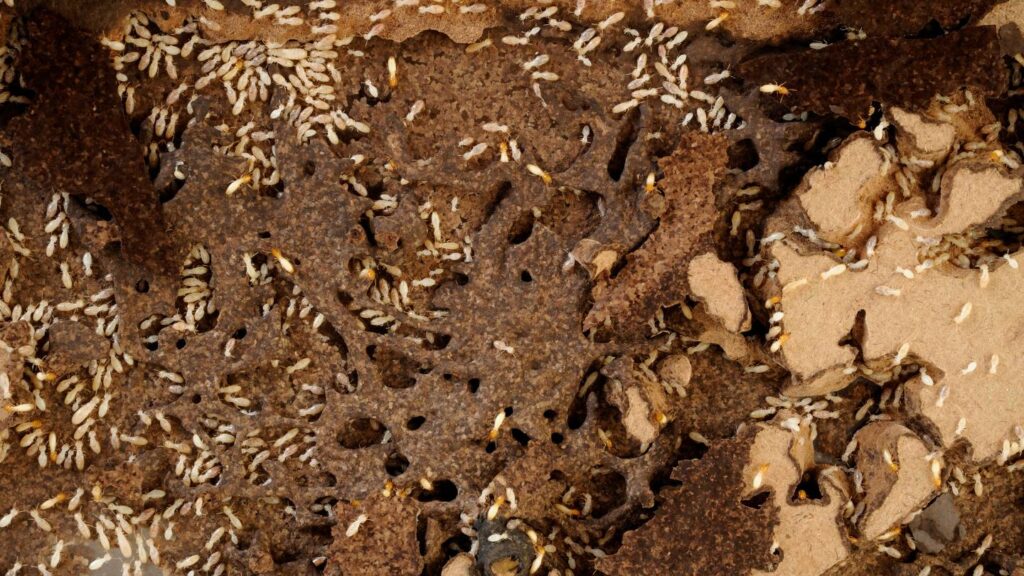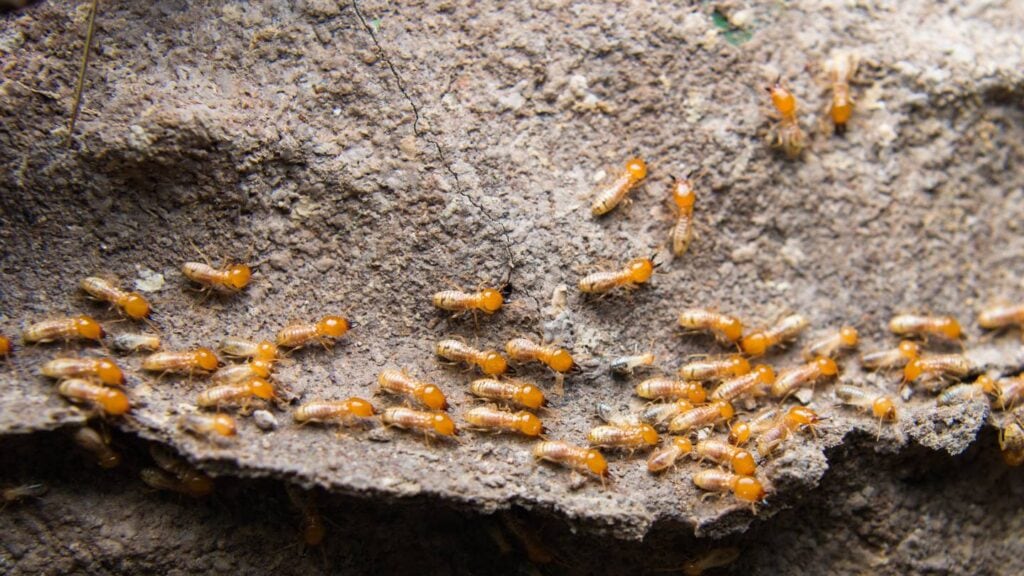The fuzzy-bodied bee is an important pollinator, vital to the well-being of our ecosystem. Wasps, in contrast, are more predatory and have a sleeker appearance. However, how are they distinct from the others? We must delve into their minute features to learn more about these animals and restate these riddles.
Their appearances may confuse, yet their natural behaviours and duties are separate. We can better understand nature's delicate equilibrium by studying its traits and routines. Ready for this educational trip to recognise bees from wasps?
Organising and Categorising
As members of the order Hymenoptera, which includes wasps and bees, are ants and sawflies. Families of bees and wasps are distinguished within this order according to their morphological and behavioural attributes. The information gleaned from their classification may offer valuable insights into their habitat preferences and behaviour.
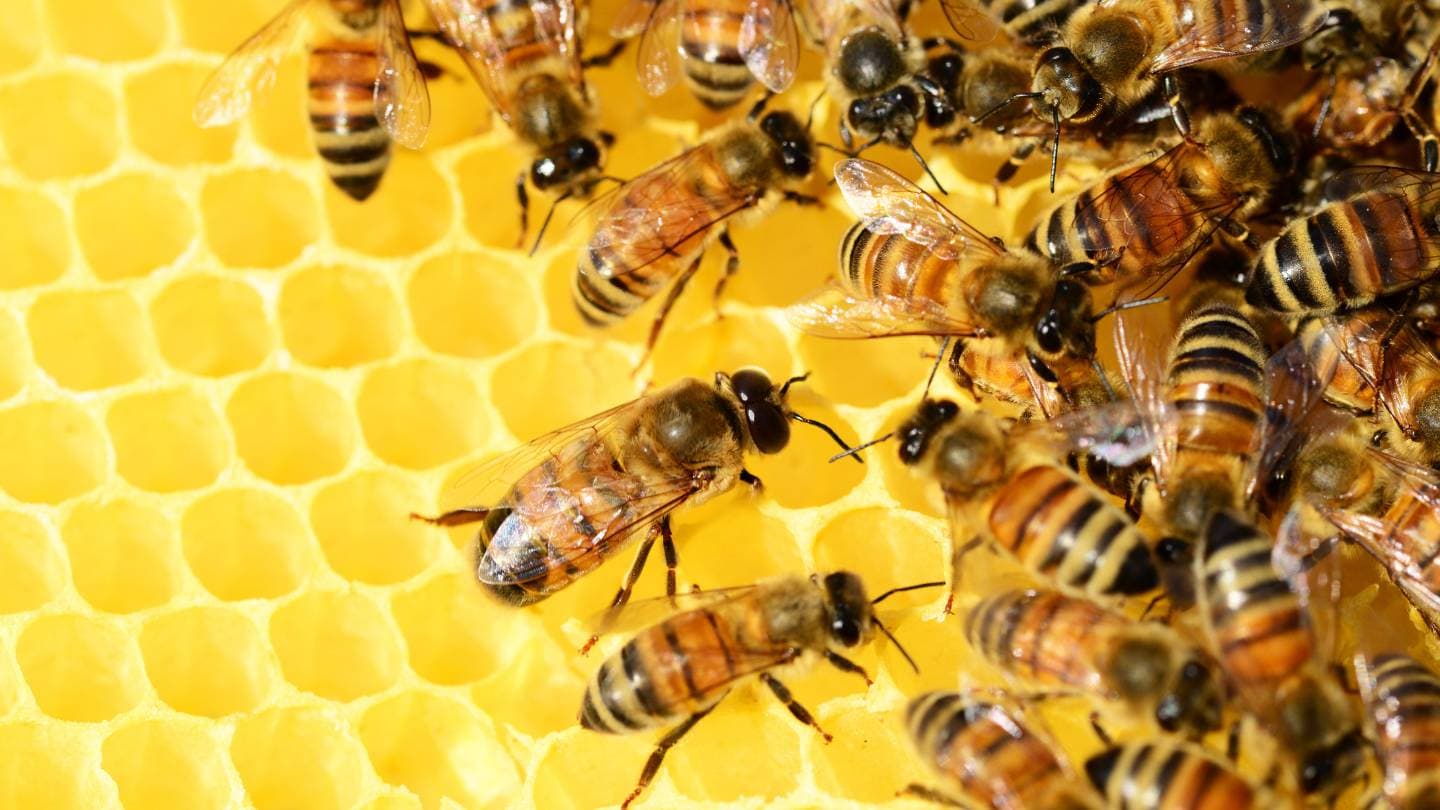
How Bees Are Categorised
The Apoidea Superfamily:
- Honeybees (Genus Apis): Their intricate social system, which includes a queen, worker, and drone caste, and the honey they produce and store have brought them great fame. Pollinators like honeybees thrive in environments rich in flower resources.
- Bumblebees (Genus Bombus): Some species of bumblebees can thermoregulate and are resilient. They flourish in temperate and alpine settings as generalist foragers.
- Stingless Bees (Various Genera): As their name says, these bees don't have stingers. They often lay their eggs underground or in hollows, most common in tropical locations.
How Wasps Are Categorised:
Superfamily Vespoidea:
- Yellow Jackets (Genus Vespula & Dolichovespula): Yellow jackets' characteristic black and yellow markings are well-known. They are frequently seen as pests when establishing their nests close to populated areas. They eat various insects and sweet foods, acting as scavengers and predators.
- Hornets (Genus Vespa): Hornets, compared to yellow jackets, are bigger and sting more severely. They mostly hunt other insects for food and build huge nests in the air.
- Paper Wasps (Genus Polistes): These wasps build homes out of paper and are usually not very aggressive unless they are scared. They hunt for caterpillars and other soft-bodied insects to eat.
Do You Know The Difference Between Bees And Wasps?
Is there a way to distinguish between wasps and bees? Bees and wasps are members of the Hymenoptera order and can live either in huge colonies or singly. Both have the potential to sting severely and can be a riot of colour with striped patterns of yellow and black. To add insult to injury, both can ingest honey and may be capable of several stings!
One distinctive feature of honey bees is the barbed stinger attached to their digestive tract. The stinger cannot be removed once it is pierced through the body of a possible predator, eventually leading to the insect's demise.
Many bees and wasps can withdraw their stingers and sting more than once. However, some native Australian bees don't have stingers at all. Honey bees make both honey and beeswax. Wasps and many other types of bees can't do this. Also, wasps can have hair, and some local bees look very smooth and shiny, even though bees are more likely to have fur.
If the idea of identification seems impossible, take heart: bees and wasps are physically and behaviorally distinct from one another. No meat for bees. Because of their evolutionary role as pollinators, they devote much of their lives to foraging for nectar and pollen from flowers and plants to nourish their young.
Adult wasps eat nectar, pollen, overripe food, and other sweet things. However, their main diet is insects, which they eat or parasitise. Bees have strong, round bodies and flattened legs that help them collect pollen. Some species have special structures on their back legs called pollen bags that help them do this.
Slender legs and a thin waist join the thorax and abdomen in a wasp's cylindrical body. Hunting requires them to be more streamlined and elegant. Wasps don't generally retract their legs while flying, whereas bees do. Lights used at night can entice wasps as well.
Some wasps build their homes out of mud because they don't have glands that make wax. Others find old, weathered wood and chew it up. This makes a papery material that can be used to make big, complicated nests.
As a result of their reliance on food stores within their nests and the warmth produced by their thousands of workers, honey bees do not hibernate during winter, unlike many other bees and wasps, even those in huge colonies.
Fun fact: the tiniest known animal (only 0.139 mm long) and the tiniest known flying animal are fairy wasps from Mymaridae. Bees will defend themselves if they have to, but wasps are typically more aggressive and easier to anger because they are predators. When wasps sting, it's usually worse than when bees sting.
With any luck, you should now be able to distinguish between wasps and bees easily. It is crucial to accurately identify bees or wasps if you have an infestation problem on your property. Only then can you implement the right management measures.
It is, therefore always advisable to seek advice from a knowledgeable apiarist or beekeeper. A skilled beekeeper in Melbourne can typically help in less than a day.
Treating And Preventing Insect Stung:
Get out there and enjoy nature without worrying. Learn the signs of wasp, hornet, and yellow jacket stings and what to do if you or someone you care about gets stung.
How To Treat Wasp Stings?
Quickly wash the sting area with soap and water and relocate to a safe area to prevent further stings. Take your time to extract the stinger if it gets stuck.
In The Case Of Mild Reactions
- To alleviate discomfort and swelling, try using a cold compress.
- On the affected area, apply a baking soda paste, 0.5 or 1% hydrocortisone cream, calamine lotion, or any combination thereof.
- Itching can be alleviated by taking an antihistamine.
Bite and sting symptoms typically go away within a day or two. Wasp stings might cause delayed reactions in certain individuals. Notify your doctor without delay if the symptoms persist or become worse.
For Very Serious Reactions
Get medical help immediately if a sting causes any of these side effects!
- Intense pain
- Rapid heartbeat
- Difficulty breathing
- Hives
- Swelling of the lips, eyelids, or throat
- Nausea, cramps, or vomiting
- Dizziness, faintness, or confusion
Help Prevent Wasp Stings
When their nests are disrupted, paper wasps can be aggressive, although they rarely strike unless provoked. Contrarily, hornets and yellow jackets can sting even when not threatened.
Avoid Being Stung, Act Wisely
- Cover food when dining al fresco.
- When consuming fruits and sweet foods outside, exercise caution.
- When you're not consuming sugary drinks, cover them. One of the most infamous things yellow jackets do is sneak inside drink cans.
- Be cautious walking barefoot, as wasps frequently build their nests in soil.
- Hornets and wasps are frightened of loud noises and vibrations. Never mow or trim near a beehive or nest.
- Tighten the lids on trash cans and place them far from areas where people could eat.
- Put your shirt in a tuck. Wear long pants and sleeves with light-coloured, form-fitting garments.
- Never study a wasp that is bugging you while it is foraging. Proceed with caution.
Bee Stings
Symptoms
- A swollen mass
- Flaring discomfort and quick edema
- Potential itching
- Your child may get anaphylactic symptoms if they are allergic to bee venom.
When Should You Seek Medical Assistance?
Though most bee stings don't require medical attention, take your child to the doctor if they:
- develop sores, hives all over, or blisters
- experience persistent discomfort
- show symptoms of infection, such as drainage, redness, swelling, and discomfort at the affected area.
- feel ill, throw up, have nausea, vomiting, diarrhoea, fever, sweat, or headache.
If you think your child might be having anaphylaxis, you should lay them down flat, use an epinephrine auto-injector, and call 911 right away.
Treatment For Bee Stings
- If possible, gently scrape the sting off.
- If you squeeze the bee sting, more poison will be injected into the wound.
- To alleviate moderate pain and swelling, provide paracetamol or ibuprofen according to the recommended dosages.
- Applying a cold compress can help decrease edema.
Bee Sting Itching Relief
- If your child's itching keeps them from sleeping, you should give them antihistamine pills or syrup after consulting with your child's doctor or pharmacist.
- Aluminium sulphate gels and sprays, menthol moisturisers, calamine lotion, and similar products can be used.
- Get some mild corticosteroid ointment from the drugstore.
- Get your kid in the tub for a refreshing soak.
- Find something to occupy your child's time.
- Your child's fingernails should be kept short. If your child tends to scratch excessively, this can help prevent infections.
- In the days to come, you should feel better after a bee sting.
How to Avoid Being Stung by Bees?
- Choose light-coloured garments.
- Stay away from anything that has a strong banana scent or perfume.
- Keep yourself odour-free by washing frequently.
- Prevent youngsters from getting near blossoming plants if you can.
- Put away any leftover food or liquids.
- Steer clear of using your palm to cram bees.
- Open soft drink cans pose a health risk, so use caution when drinking from them outdoors.
Ecological Roles
A quick rundown of the functions and significance of wasps and bees in ecosystems:
Bees
Because of their important function as pollinators, bees are vital to many ecosystems. While foraging for nectar, they unwittingly spread pollen from flower to flower, allowing many flowering plants to reproduce. Many species of animals depend on plant communities for sustenance and shelter, which helps maintain their diversity and health.
Pollination
- Many crops that people depend on for sustenance are pollinated by bees, which are essential to the growth of many flowering plants.
- Bees visit flowers to grab nectar and pollen for sustenance, pollinating organically. This process helps flowering plants reproduce.
Biodiversity Support
- Bees help keep ecosystems healthy and diverse by pollinating many plants. Many animal species depend on these plants for survival, which is fantastic news.
Ecosystem Services:
- Bees' pollination services are very valuable to the economy; they add billions to yearly agricultural output worldwide.
- In addition to pollinating crops, bees are essential to the stability and robustness of natural ecosystems.
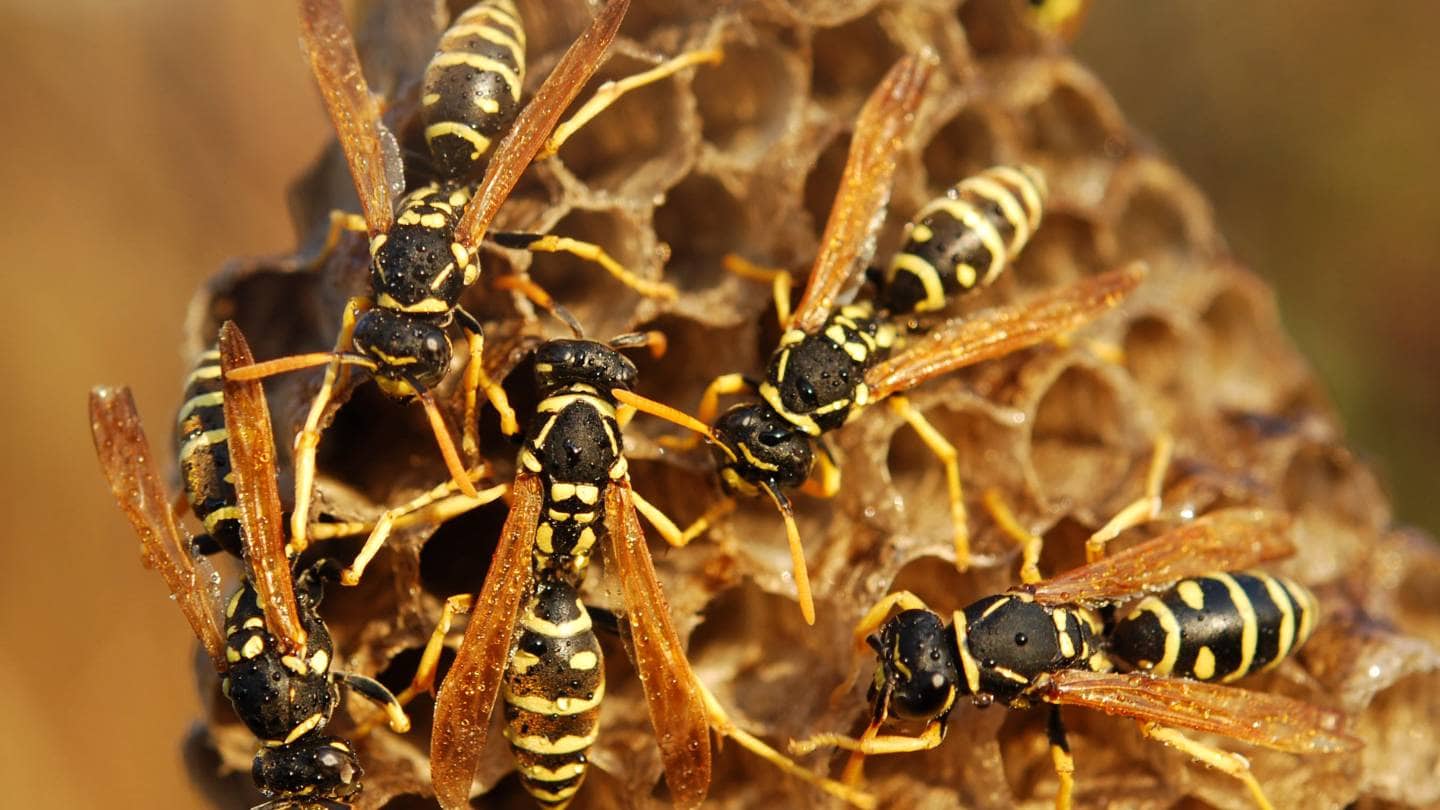
Wasps
Ecosystems rely on wasps as natural pest controllers. The predation of insects by many wasp species helps control insect populations, protecting native plant species and crops from harm. Wasps lessen the need for chemical pesticides and promote ecological resilience by keeping insect populations in check, which is good for ecosystems.
Natural Pest Control:
- There are wasp species prey on other bugs or parasitise them. They play an important role in controlling insect populations by devouring harmful insects, including aphids, caterpillars, and others that can cause agricultural damage or disease transmission.
- Wasps' aggressive behaviour can help farmers use less chemical pesticides, which is great for the environment.
Ecological Balance:
- The role of wasps in ecosystem regulation is crucial, as they keep pest species from becoming too numerous and threatening native plant and animal life.
Decomposition:
- Wasps that scavenge decaying organic substances help ecosystems decompose and cycle nutrients.
Conclusion
Wasps and bees are in the same order as ants and sawflies, which is called Hymenoptera. Because of differences in their looks and behaviours, they are put into different groups. Honeybees, which are known for their complex social structure and honey production, do best in places with lots of flowers.
A bumblebee, on the other hand, can control its body temperature and do well in both tropical and alpine environments as a generalist forager. Stingless bees don't have stingers, and they usually lay their eggs in holes or in the ground.
Wasps, like yellow jackets, hornets, and paper wasps, are in the Superfamily Vespoidea. The honey bee's digestive system has a barbed stinger that can't be taken off once it goes through a predator's body. Wasps can't make honey or beeswax, but honey bees can.
Both species are physically and behaviorally very different from each other. For mating, bees have strong, round bodies with flattened legs. Wasps, on the other hand, have smooth bodies with thinner legs for hunting. Because they need food stores and warmth from workers, honey bees don't go to sleep in the winter.
Wasps are more violent and easier to irritate because they are naturally hunters. Bees can defend themselves if they need to. It is important to know the difference between bees and wasps when you have an infestation problem, and you should talk to an experienced apiarist or farmer for help.
To treat a wasp sting, wash the area with soap and water, pull out the stinger if it gets stuck, and use a cold cloth or an antihistamine to reduce pain and swelling. Most mild reactions go away on their own in a day or two, but serious reactions may need medical help right away.
To avoid getting stung by a wasp, cover your food when you eat outside, don't eat fruits or sweets outside, and cover your sugary drinks. Be careful when you walk barefoot, don't mow near a beehive or nest, and make sure the lids on trash cans are tight. Wear light-coloured clothes, and don't look at wasps while you're out hunting.
Bee stings can make areas swell up, hurt a lot, and maybe even itch. If your child is allergic to bee venom, take them to the doctor if they get sores, hives, blisters, chronic pain, signs of an infection, or if they feel sick and throw up, nausea, vomiting, diarrhoea, fever, sweat, or headache.
To treat bee stings, you can gently scrape the sting off, give them paracetamol or ibuprofen, put a cold compress on the sting, and, after talking to a doctor or drugstore, give them antihistamine pills or syrup.
Bees will not sting you if you wear light-coloured clothes, stay away from strong banana or perfume smells, keep yourself odour-free, keep kids away from flowering plants, put away extra food or drinks, and be careful when drinking from soda cans outside.
Content Summary
- Bees and wasps differ in appearance and behaviour, with bees being important pollinators and wasps more predatory.
- Both bees and wasps belong to the Hymenoptera order, which also includes ants and sawflies.
- Bees are categorised within the Apoidea superfamily, including honeybees, bumblebees, and stingless bees.
- Wasps are classified under the superfamily Vespoidea, which includes yellow jackets, hornets, and paper wasps.
- Honeybees are known for their complex social structure and honey production.
- Bumblebees can thermoregulate and thrive in temperate and alpine environments.
- Stingless bees, usually found in tropical areas, lack stingers and nest underground or in hollows.
- Yellow jackets are recognised for their black and yellow markings and are considered pests near populated areas.
- Hornets are larger than yellow jackets and build large aerial nests.
- Paper wasps construct nests from a paper-like material and are less aggressive unless threatened.
- Bees and wasps can be differentiated by their physical features and behaviours.
- Honey bees have a barbed stinger that remains in the victim, causing their death.
- Many bees and wasps can sting multiple times, and some Australian native bees are stingless.
- Honey bees produce both honey and beeswax, unlike wasps and other bees.
- Bees have furry bodies and are mostly vegetarian, feeding on nectar and pollen.
- Adult wasps eat nectar, pollen, overripe food, and insects.
- Bees have robust bodies and legs adapted for pollen collection.
- Wasps have slender legs and a thin waist, making them more streamlined for hunting.
- Wasps generally do not retract their legs while flying, unlike bees.
- Some wasps construct nests from mud or chewed wood, forming paper-like structures.
- Honey bees do not hibernate but rely on food stores and warmth from worker bees.
- Fairy wasps are the smallest known animal and flying insect.
- Bees are generally defensive, while wasps are more aggressive and easily provoked.
- Wasp stings are often more painful than bee stings.
- Accurate identification of bees and wasps is important for proper management.
- Seeking advice from an apiarist or beekeeper is recommended for infestation issues.
- Treating wasp stings involves washing the area, removing the stinger, and applying cold compresses.
- Mild reactions to stings can be treated with hydrocortisone cream or antihistamines.
- Severe reactions to stings require immediate medical attention.
- Preventing wasp stings involves being cautious around food and covering trash cans.
- Bee stings cause swelling, discomfort, and potential itching.
- Medical attention for bee stings is needed for symptoms like hives, vomiting, or difficulty breathing.
- Treat bee stings by scraping off the sting and applying cold compresses for swelling.
- Itching from bee stings can be alleviated with antihistamines and corticosteroid ointments.
- Avoiding bee stings involves wearing light-coloured clothes and being cautious around flowering plants.
- Bees play a critical role in pollinating many plants and supporting biodiversity.
- Pollination by bees is essential for the reproduction of many flowering plants and crops.
- Wasps serve as natural pest controllers by preying on or parasitising other insects.
- Wasps help maintain ecological balance by controlling pest populations.
- Scavenging wasps contribute to decomposition and nutrient cycling in ecosystems.
- Covering food and being mindful of sweet drinks can help avoid wasp encounters.
- Walking barefoot can increase the risk of wasp stings.
- Avoiding loud noises and vibrations near wasp nests can prevent provocation.
- Proper garbage disposal and covering trash cans can deter wasps.
- Wearing appropriate clothing can reduce the risk of stings.
- Avoiding sudden movements around wasps is crucial for safety.
- Bee stings usually heal within a day or two, but delayed reactions can occur.
- Avoiding strong scents and perfumes can reduce the likelihood of bee encounters.
- Keeping food and drinks covered outdoors can help prevent bee stings.
- Understanding the ecological roles of bees and wasps helps us appreciate their presence in nature.
Frequently Asked Questions
Bees and wasps pest control refers to managing and preventing unwanted infestations of bees, wasps, and related stinging insects in residential, commercial, and agricultural settings.
This includes identifying nesting sites, employing various control methods, and ensuring the safety of individuals and structures from potential stings or damage.
To prevent bees and wasps infestations, consider the following preventive measures:
- Seal gaps and cracks in buildings to prevent nesting.
- Keep food and garbage properly stored in sealed containers.
- Remove standing water sources that attract wasps.
- Plant insect-repelling plants such as mint, eucalyptus, or marigolds.
- Inspect your property for signs of nests or hives and take prompt action if found.
Bees and wasps can pose significant risks to human health and property. Their stings can cause allergic reactions ranging from mild irritation to severe anaphylaxis.
Additionally, some species of wasps can cause structural damage by nesting in buildings or damaging crops in agricultural settings. Effective pest control helps mitigate these risks and ensures a safer environment.
Common methods used in bees and wasps pest control include:
- Inspection and identification of nesting sites.
- Physical removal of nests and hives.
- Application of insecticides or pesticides.
- Use of traps and baits to capture and control populations.
- Preventative measures such as sealing entry points and reducing attractants.
When conducted by trained professionals using approved methods and products, bees and wasps pest control can be carried out in an environmentally responsible manner. It is essential to use targeted treatments that minimise harm to non-target organisms and follow guidelines to protect beneficial insects like pollinators.

